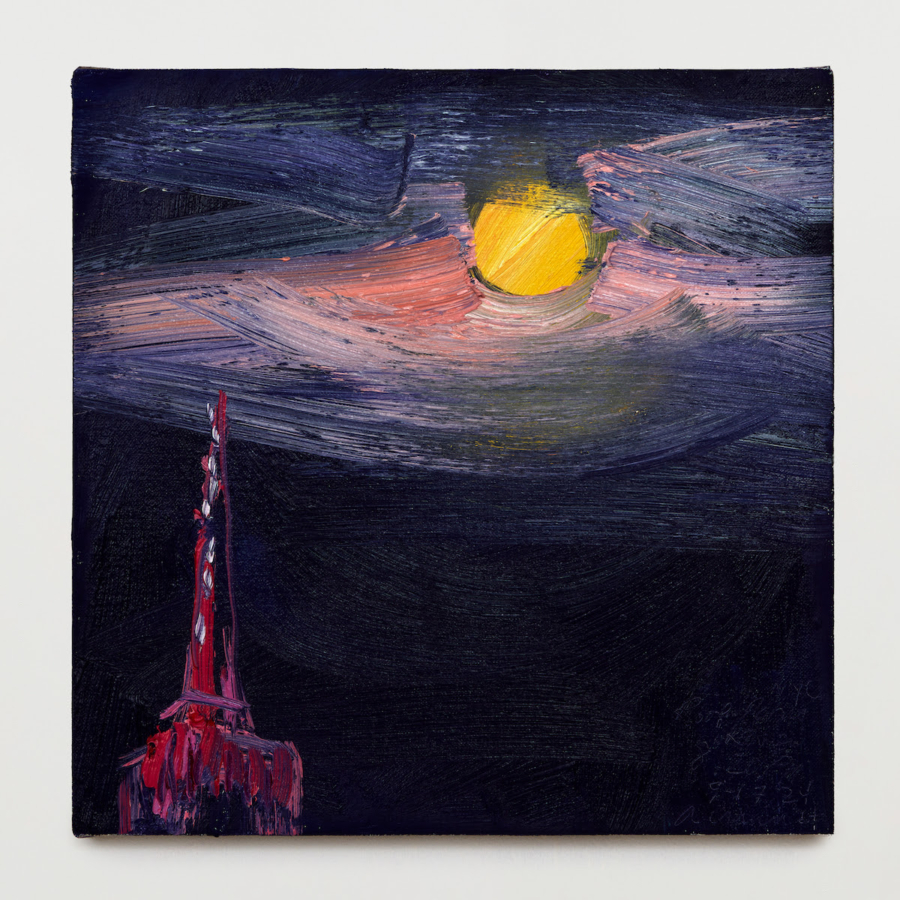Paul Mogensen, published by Karma, New York, 2018.
Download as PDF
Paul Mogensen is available here
Paul has been my friend since we both arrived in New York, he from Los Angeles and I from Louisiana—New Orleans. We met at the Bykert Gallery in 1966 when Paul was in its first show.
In June of 1967, I sat at the desk in front of the elevator door at the gallery. I clearly remember Paul’s painting no title (16 part white) (1967) hanging in the large main gallery as part of the summer group show (the other artists in the show were Carl Andre, Robert Mangold, Brice Marden, Agnes Martin, and David Novros). Paul’s painting challenged both the wall and the floor space, literally breaking up the surface of the wall. He had created sixteen separate rectangles of white, high-gloss acrylic lacquer on Dacron sailcloth and placed them in both horizontal and vertical progressions. This mocking of the wall was a totally new idea. There was a reference to architecture, although Paul is undeniably a painter of surfaces, as he has proved over the years through his continuous emphasis on surface through color, value, texture, and shape in his sculptural paintings.
I’ve talked with Paul many times, then and now, and he’s very knowledgeable about many things: engineering, auto motors, paint, and paint quality. He never, for all his interest in color, got into a palette of color and the mixing of paints. He used colors straight out of the tube! I imagine he did that because he’s a philosopher purist, very logical in terms of accepting the most direct means of making a painting with great clarity. I think Paul has no reason to mix colors that have already been studied and manufactured. Instead, he diagrams the canvases so that the colors have their maximum hue, brightness, and intensity. He’s as romantic as Mondrian and as precise—but not as cool—as Brice Marden’s claylike and tactile approach. David Novros might also be said to be a colorist; whereas Brice is more of a value color painter who explores color for its earthlike associations, Paul uses color to the max, as does Novros. Paul’s canvases appear to be essentially outside of history, because of their matter-of-fact engagement with the relationship between color and its various hues, exact in proportion to one another and the canvas itself. The gallery wall and the spaces in between the panels, if and when there are different panels in a painting, are very important to him.
Paul is a colorist who is measured in his method. It may be said that he’s a decorative painter as well a painter with a philosophical disposition. Pragmatically, all the original tools of the artist are in play, including paint squeezed out of the tube, liquefied, and used on either canvas or board. He is stringent in his approach, as stringent as a mechanic might be with a Ferrari. There are no accidents.
And finally, as an aside, Paul has a collection of cars that don’t run. I imagine he’s always thinking about them, along with his paintings. Although I’ve never seen any of the cars, I wonder about their colors. But I think Paul’s more involved with the mechanics and beauty of what they are. Which can also be said about his paintings.
Published on the occasion of
Paul Mogensen
September 27–November 4, 2018
Karma
188 East 2nd Street
New York, NY 10009
Published by
Karma Books, New York
Edition of 1,000
Special edition of 50


